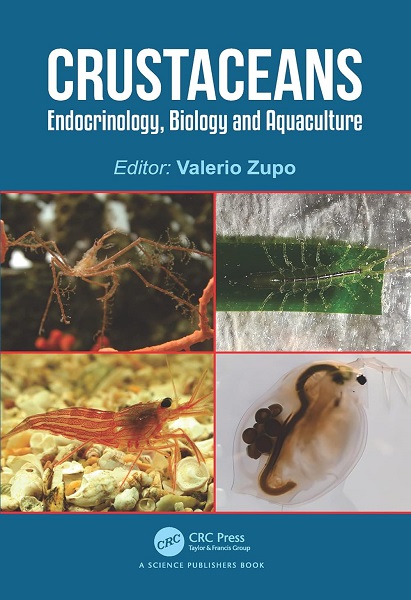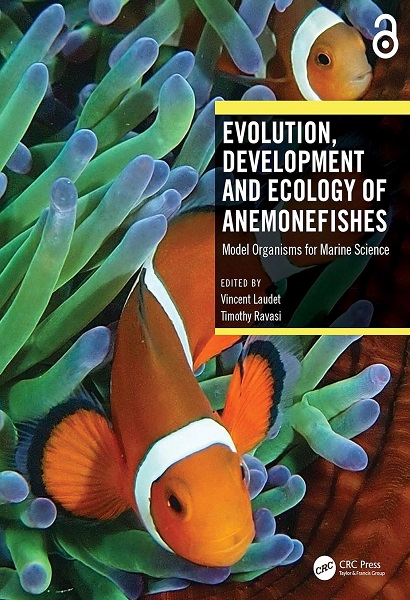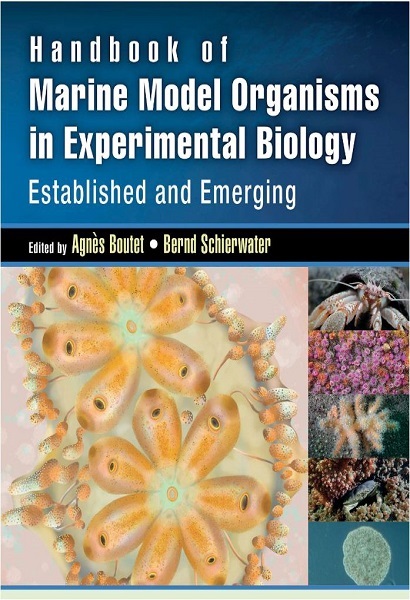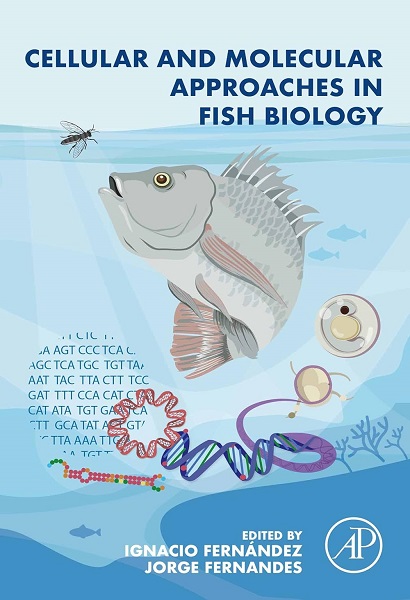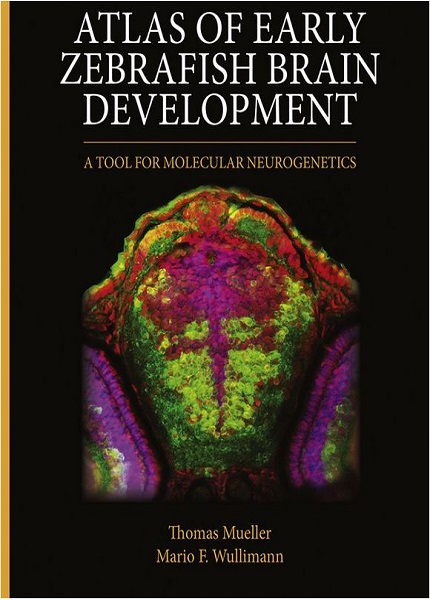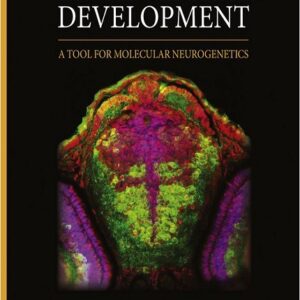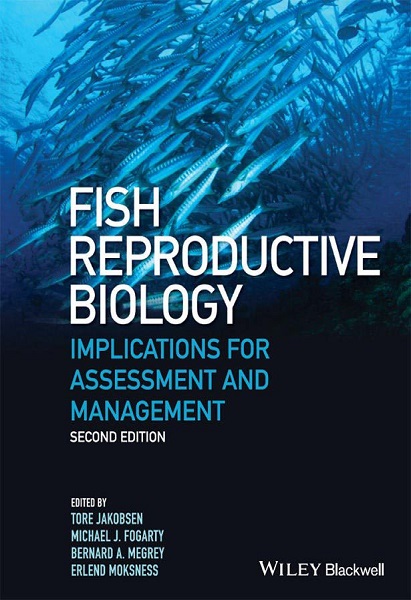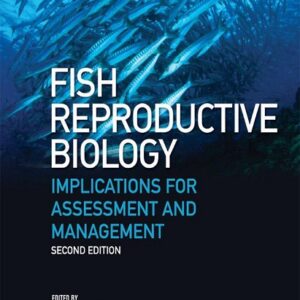Category: Basic Biology
Home > ANIMALS > AQUATIC ANIMAL > Basic Biology
Basic Biology
Aquatic animals exhibit a diverse range of physiological and anatomical adaptations that enable them to thrive in freshwater and marine environments. Their biology encompasses specialized respiratory systems, such as gills in fish and mollusks, and unique osmoregulatory mechanisms to maintain internal balance in varying salinity conditions. Locomotion strategies differ widely, from the streamlined swimming of fish to the jet propulsion of cephalopods. Sensory adaptations, including lateral lines in fish and echolocation in marine mammals, enhance their ability to navigate and detect prey. Reproductive strategies vary significantly, with external fertilization being common among many species, while others exhibit complex parental care behaviors. Understanding the fundamental biology of aquatic animals is crucial for conservation efforts, sustainable fisheries, and aquaculture advancements.
Showing all 13 resultsSorted by latest
Aquatic animals exhibit a diverse range of physiological and anatomical adaptations that enable them to thrive in freshwater and marine environments. Their biology encompasses specialized respiratory systems, such as gills in fish and mollusks, and unique osmoregulatory mechanisms to maintain internal balance in varying salinity conditions. Locomotion strategies differ widely, from the streamlined swimming of fish to the jet propulsion of cephalopods. Sensory adaptations, including lateral lines in fish and echolocation in marine mammals, enhance their ability to navigate and detect prey. Reproductive strategies vary significantly, with external fertilization being common among many species, while others exhibit complex parental care behaviors. Understanding the fundamental biology of aquatic animals is crucial for conservation efforts, sustainable fisheries, and aquaculture advancements.


